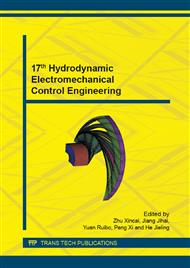p.212
p.220
p.226
p.233
p.239
p.244
p.250
p.259
p.268
Fuel System Configuration and Restructuring of MALE and HALE UAV
Abstract:
To meet the demand for long-endurance capabilities,MALE (medium-altitude long-endurance) and HALE (high-altitude long-endurance) UAVs are generally equipped with wing tanks to increase fuel loads. MALE and HALE UAVs use relatively larger aspect ratio wing to provide larger wing area and smaller wing thickness, so that the relative thickness of wing tank is smaller and its center of gravity is further away from the aircraft center of gravity, and the moment of inertia is greater. As a result of aerodynamic and structural arrangement, the horizontal and vertical manipulation of safety control and balance of such UAVs is very sensitive, thus making higher demand for the fuel system. This paper describes and summarizes the typical fuel system design of MALE and HALE UAVs for fuel transfer and restructuring design, primarily focusing on fault condition, reconfiguration and the center of gravity control, and providing reference for fuel system design.
Info:
Periodical:
Pages:
268-276
Citation:
Online since:
July 2015
Authors:
Keywords:
Price:
Сopyright:
© 2015 Trans Tech Publications Ltd. All Rights Reserved
Share:
Citation:


